- Have any questions?
- +86-189 8930 5995
- sales@mosinterchem.com.cn
Lithium Hydroxide CAS 1310-66-3

Potassium hydroxide CAS 1310-58-3
19/12/2018
Ammonium Bifluoride CAS 1341-49-7
19/12/2018| Model: | MOS 1310-66-3 |
| Brand Name: | MOSINTER |
| CAS No.: | 1310-66-3 |
| Boiling point: | 920 °C |
| Melting point: | 462 °C |
| Soluble: | 109 g/L (20 ºC) |
| Solubility: | H2O: 1 M at 20 °C, clear, colorless |
| Density: | 1.51 |
| Sensibility: | Air Sensitive & Hygroscopic |
| Stability: | Stable. Incompatible with moisture. strong acids, carbon dioxide. Absorbs carbon dioxide from the air. |
Lithium Hydroxide (CAS: 1310-66-3)
| Item | Index |
| LiOH min% | 56.5 |
| Impurities Max% | |
| Na+K | 0.20 |
| Fe | 0.003 |
| CaO | 0.035 |
| CO2 | 0.5 |
| SO42- | 0.03 |
| Cl- | 0.02 |
| Insol (in HCl) | 0.01 |
Lithium hydroxide is an inorganic compound with the formula LiOH.
It is a white hygroscopic crystalline
material. It is soluble in water and slightly soluble in ethanol, and is the
weakest base among the alkali metal
hydroxides. It is available commercially in anhydrous form and as the monohydrate
(LiOH.H2O), both of which are strong bases.
Production and reactions
Lithium hydroxide is produced in a metathesis reaction between lithium
carbonate and calcium hydroxide:
Li2CO3 + Ca(OH)2 → 2 LiOH + CaCO3
The initially produced hydrate is dehydrated by heating under vacuum up to 180 °C.
In the laboratory, lithium hydroxide arises by the action of water on lithium or lithium
oxide. The equations for these processes follow:
2 Li + 2 H2O → 2 LiOH + H2
Li2O + H2O → 2 LiOH
Typically, these reactions are avoided.
Although lithium carbonate is more widely used, the hydroxide is an effective
precursor to lithium salts, e.g.
LiOH + HF → LiF + H2O.
Applications
Lithium hydroxide is mainly consumed for the production of lithium greases. A popular
lithium grease is lithium stearate, which is a general-purpose lubricating grease due to
its high resistance to water and usefulness at both high and low temperatures.
Carbon dioxide scrubbing
Further information: carbon dioxide scrubber
Lithium hydroxide is used in breathing gas purification systems for spacecraft,
submarines, and rebreathers
to removecarbon dioxide from exhaled gas by producing lithium carbonate and water:[4]
2 LiOH·H2O + CO2 → Li2CO3 + 3 H2O
Or,
2LiOH + CO2 → Li2CO3 + H2O
The latter, anhydrous hydroxide, is preferred for its lower mass and lesser water production for respirator
systems in spacecraft. One gram of anhydrous lithium hydroxide can remove 450 cm3 of carbon dioxide
gas. The monohydrate loses its water at 100–110 °C.
Other uses
It is used as a heat transfer medium and as a storage-battery electrolyte. It is also used in
ceramics and some Portland cement formulations. Lithium hydroxide (isotopically enriched
in lithium-7) is used to alkalize the reactor coolant inpressurized water reactors for corrosion control.
You must be logged in to post a review.

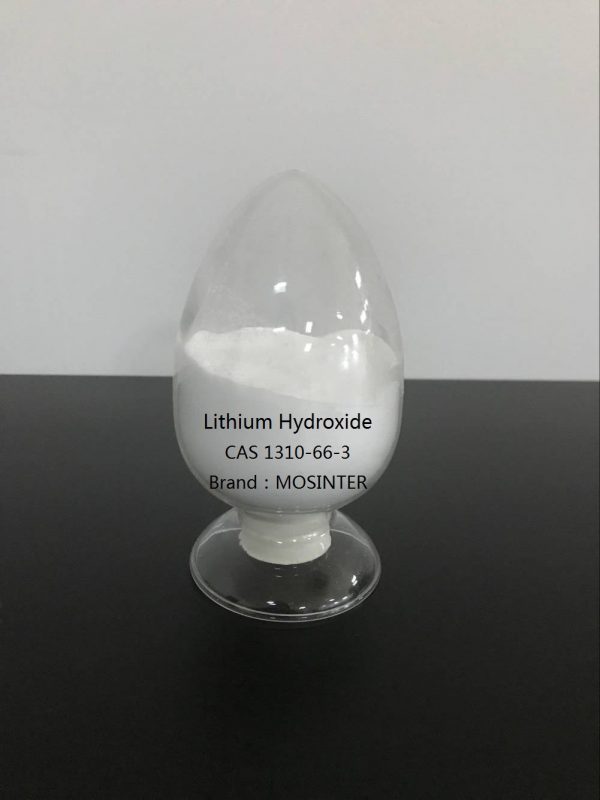
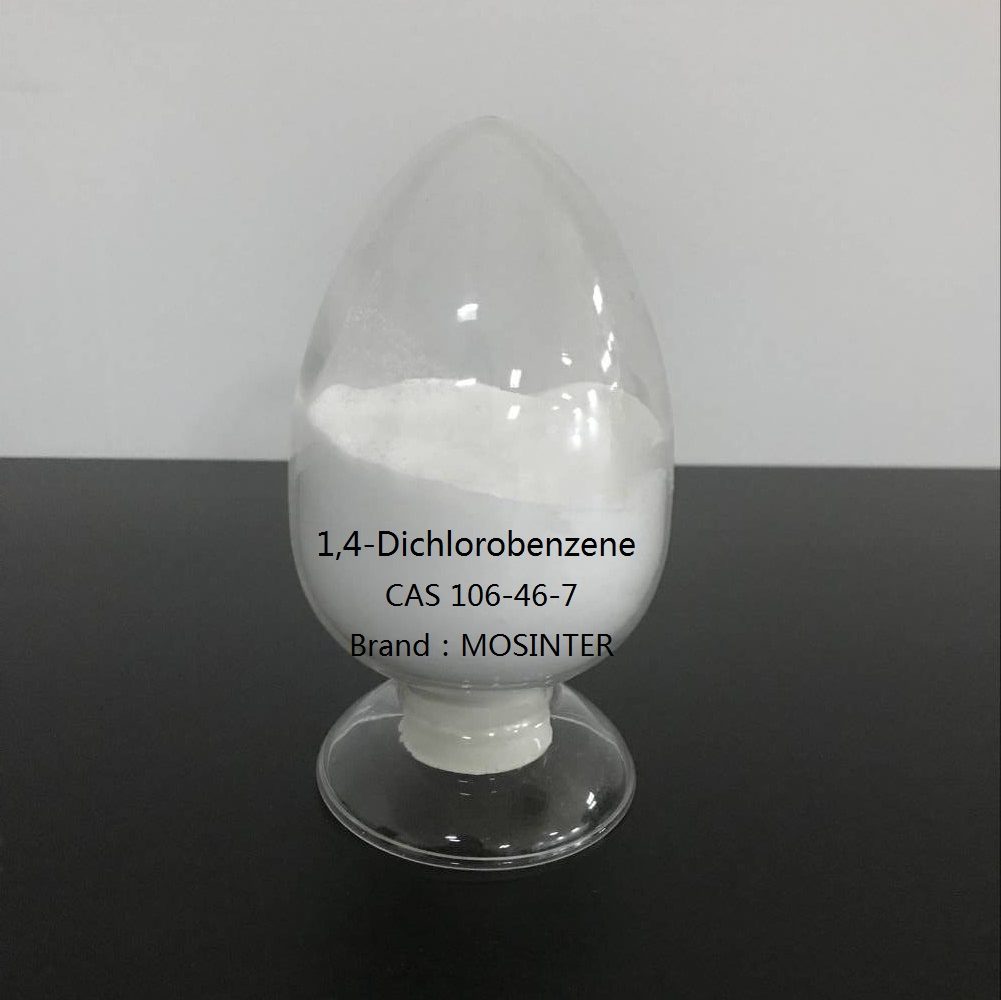
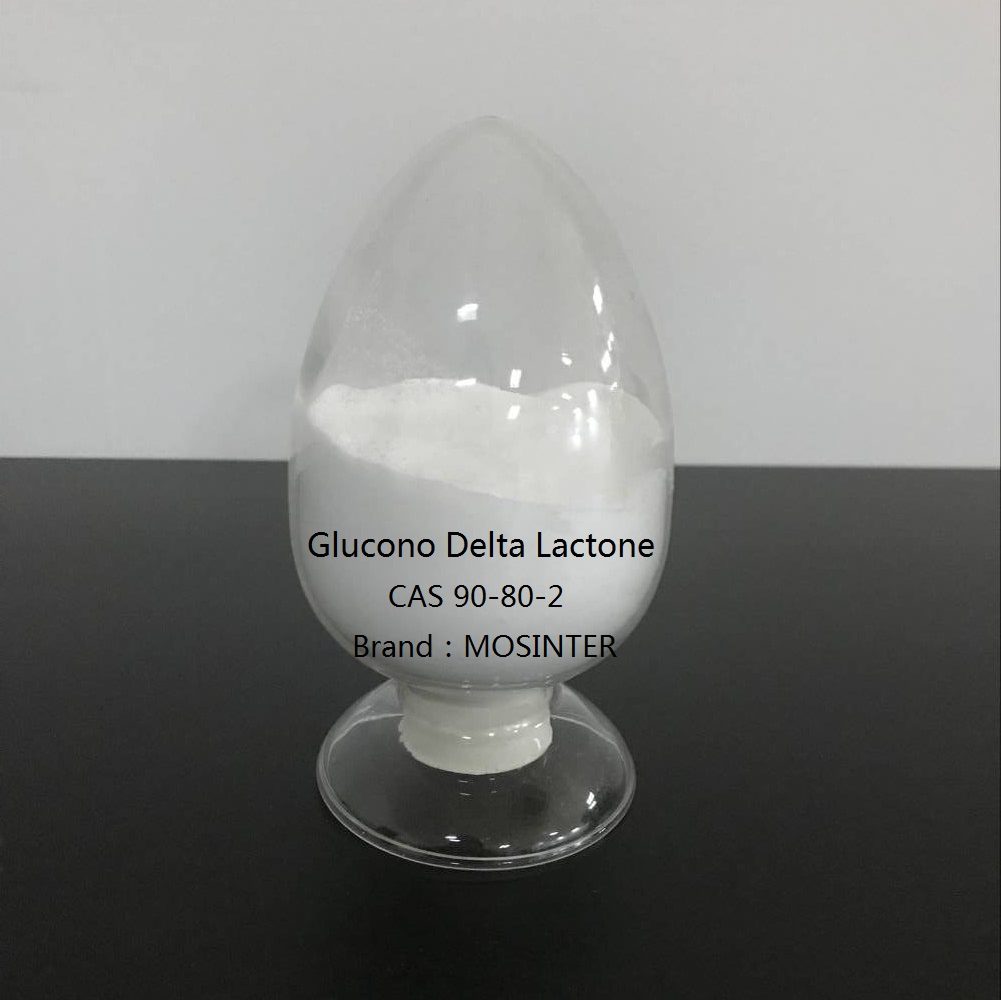
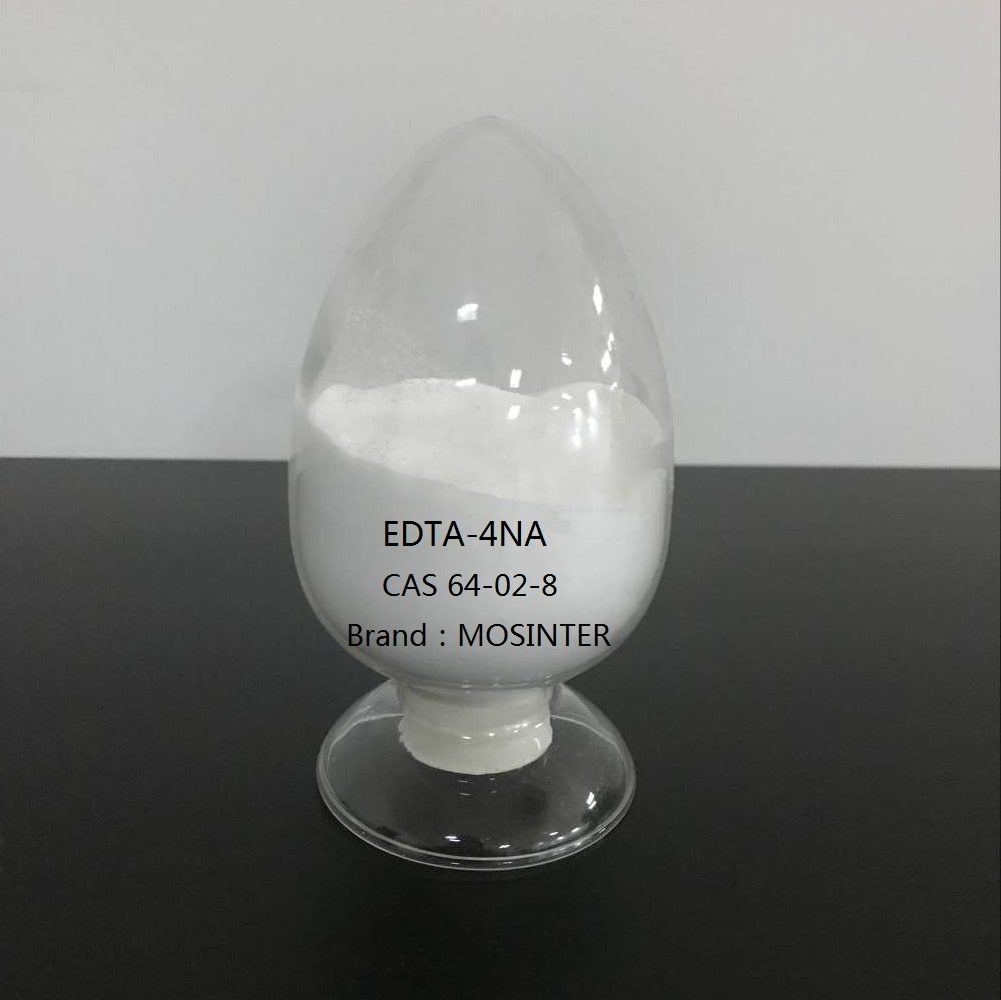
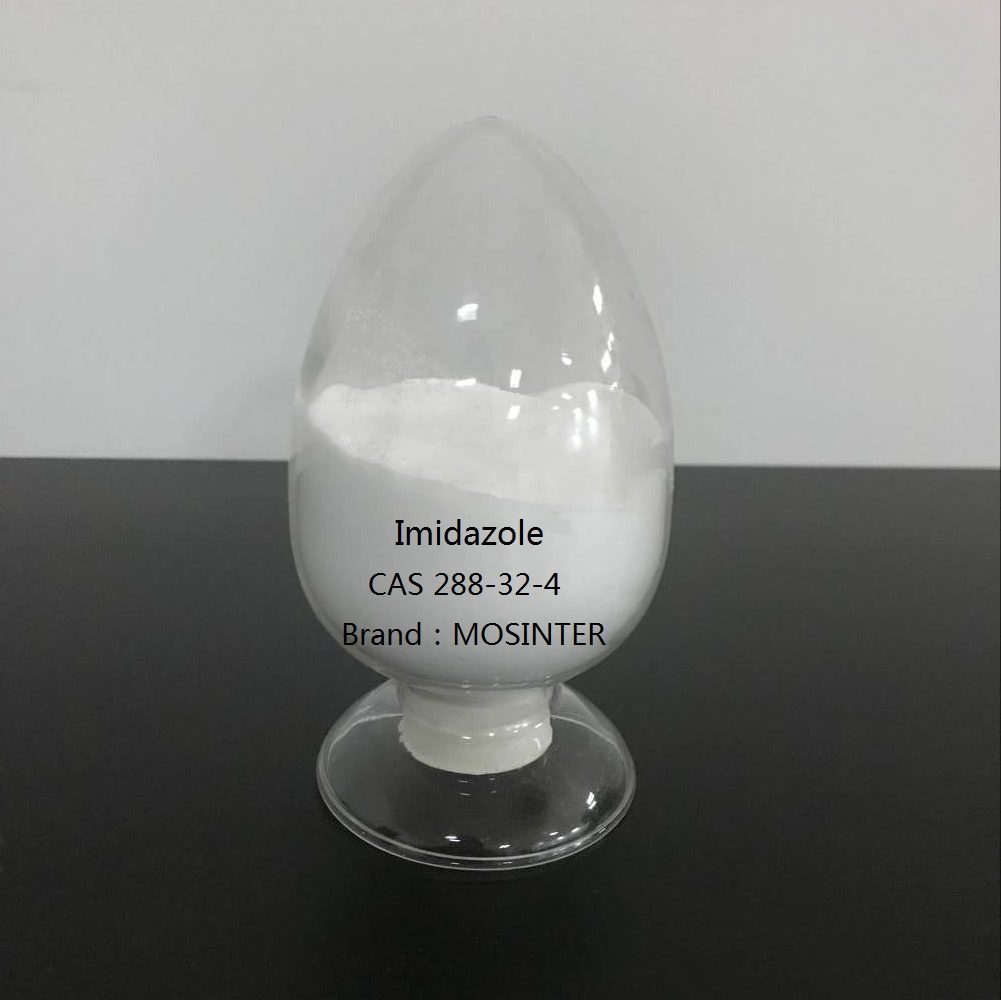
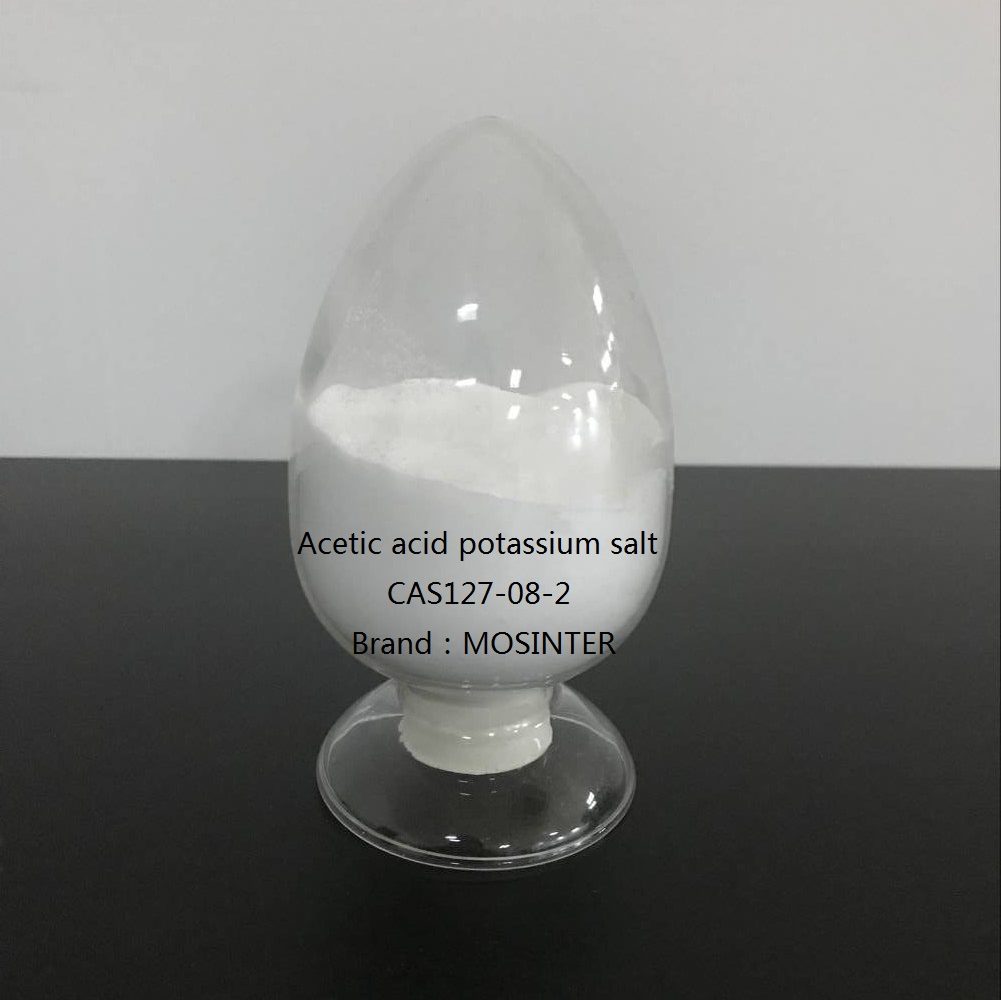
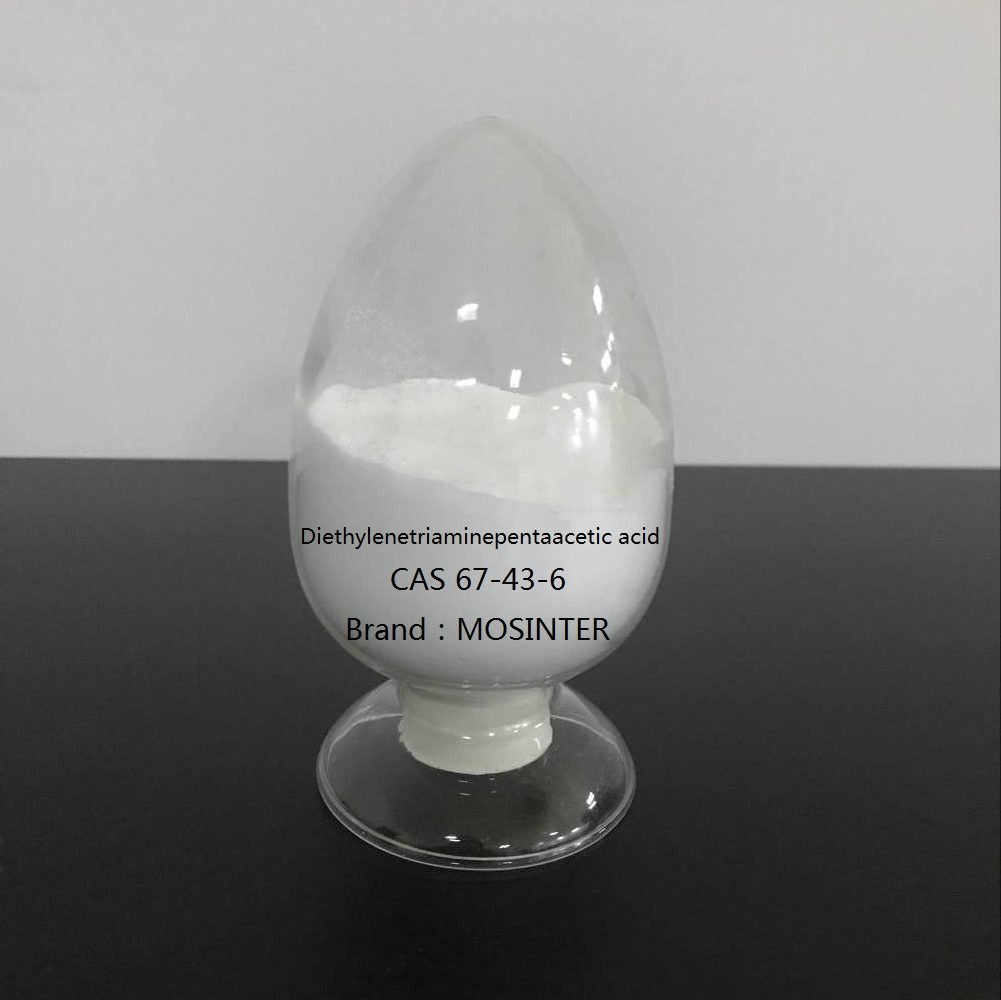
Reviews
There are no reviews yet.